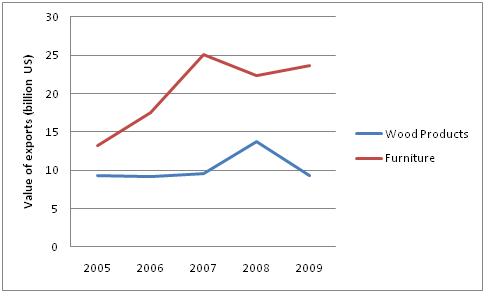Lean Management
Desde el nacimiento del término en la Corporación Japonesa Toyota, la administración esbelta (Lean Management) ha sido una de las filosofías más eficaces para identificar valor y eliminar desperdicio en los procesos de empresas manufactureras y de servicios. La filosofía es hoy en día parte fundamental de los planes de acción de empresas grandes y pequeñas en su lucha por aumentar la productividad y calidad de los productos y servicios que ofrecen.
Para muchos la filosofía de pensamiento esbelto parece algo destinado sólo para las grandes empresas transnacionales. Sin embargo, hoy en día existen organizaciones consideradas pequeñas que han logrado una implementación eficaz y eficiente de esta filosofía. El éxito en la implementación del pensamiento esbelto radica en los principios de trabajo en equipo a través de los eventos Kaizen y la identificación de la cadena de valor como primeros pasos. Sólo diferenciando las actividades que generan valor de las que no es que las empresas han encontrado una nueva forma de aprovechar mejor sus recursos para producir más con menos. La administración esbelta puede ayudar a empresas de manufactura y servicio en esta tarea de identificar valor de manera que la estrategia de la firma gire en torno a las actividades o procesos que generen valor según la percepción del cliente.
Los beneficios de Lean Management están sumamente ligados al compromiso que tenga la administración de la firma para cambiar la personalidad, cultura, u organización de la empresa. Este cambio se basa en la reducción sistemática de desperdicio y el desarrollo de niveles de satisfacción a través de trabajo en equipo impactando todos los procesos del negocio. Adoptar el Sistema “Lean” permite a la empresa crear un sentido de dirección para alinear los procesos que no ofrecen valor y poder dar seguimiento a las mejoras a través de un conjunto de indicadores confiables.
Los conceptos y beneficios de Lean Management se pueden extender más allá de empresas de manufactura. Hoy en día Lean Management es utilizado por administradores en una amplia variedad de disciplinas e industrias como construcción, salud, finanzas, y gobierno. Administradores en estas disciplinas han ido progresivamente implementando Lean Management en sus procesos teniendo como resultado un impacto significativo en la estructura de costos así como en los niveles de satisfacción de los clientes.




